I will say as a word of warning though looking at your age dont pick your career based on wanting to design roller coasters. No specific major exists in roller coaster engineering though a design team is typically made up of structural electrical and mechanical engineers.

Infographic How Roller Coasters Are Built Born To Engineer
Mechanical and civil engineers cooperatively work to develop design and construct roller coasters.
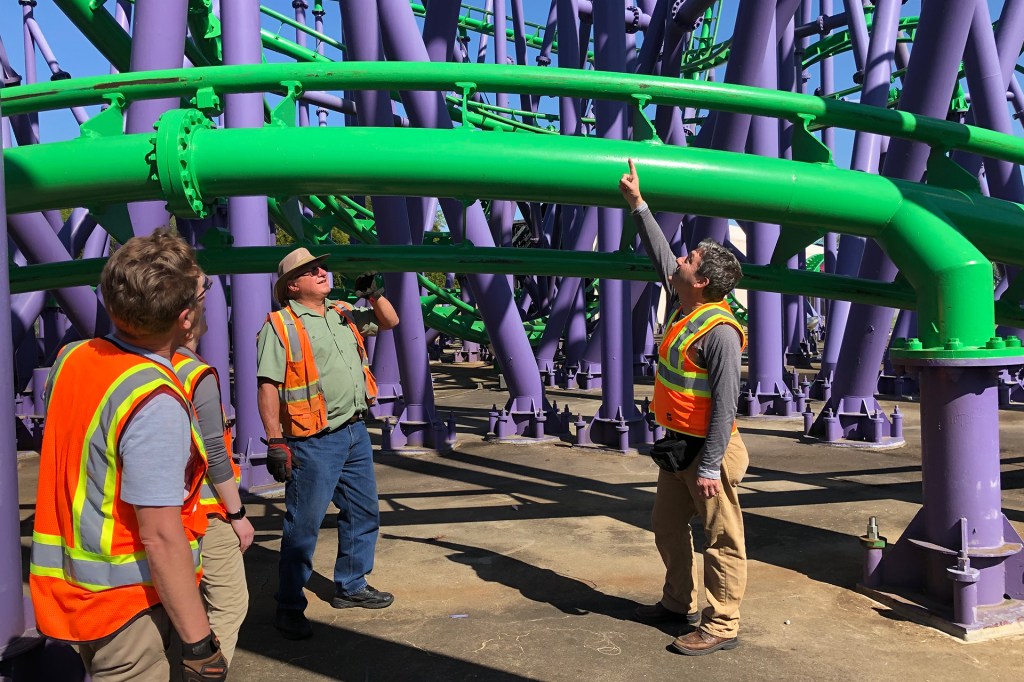
. To draft and adjust designs roller coaster engineers can use AutoCAD and programs such as CATTA SolidWorks and Auto Desk Inventor to help them keep all of their designs in just one computer. Structural engineers would design the steelwood structure of the roller coaster. Nine design companies managing these types of.
Structural engineers would design the steelwood structure of the roller coaster. When you ride a bike and reach the top of the hill. In episode 10 of The Structural Engineering Channel podcast we talk to Richard C.
Engineers will normally need to evaluate a number of different designs only one of which will result in the final construction configuration. Mechanical engineers typically design the roller coasters and spend a good deal of their time calculating for safety and performance and supervising the construction. Mechanical engineers apply the principles of engineering physics and material science for the design analysis manufacturing and maintenance of mechanical systems.
Many universities offer bachelors degree engineering programs in these disciplines. Id love to do it and Ill try my hardest to get that dream but I still have an interest in the other applications of mechanical engineering. Potential or stored energy is the energy an object possesses based on its position rather than its motion.
What are the 2 main types of roller coasters. Future engineering needs for amusement parks. Lots more 3D and other interactive displays and experiences.
The first launched roller coaster was Montezoomas Revenge at Knotts Berry Farm in turns and short drops. No specific major exists in roller coaster engineering though a design team is typically made up of structural electrical and mechanical engineers. Formal education requirements for roller coaster engineers are simply a bachelors degree in these fields.
Coaster and project engineers plan the design and layout electrical and design engineers add the control systems structural engineers ensure they are sound and can withstand the elements theyll be exposed to and mechanical engineers complete the coasters with vehicles chains and lifting systems and brakes. This thesis is a collaboration with Linnanmäki 3 and was initiated when a large-scale roller coaster project entered planning phase and various design methods and criteria needed to be studied. This is why numerical simulation plays an indispensible role in roller coaster design.
Roller coaster engineering falls under the domain of the mechanical engineer. Designing a rollercoaster is not an easy job. Maloney PE Discipline Leader for Bridges and Structures at Maser Consulting about the design of amusement industry roller coaster projects.
The College of Engineering has a mechanical engineeringroller coaster course as part of its undergraduate Bachelor of Science in Mechanical Engineering program. Magnetic levitation roller coaster rides that will use high-speed frictionless tracks. Structural engineers are going to ensure the project can withstand elements such as gravity water and weather by designing the foundations trenches maintenance sheds and queue buildings.
An Engineers Guide to Roller Coaster Design is the ultimate book about roller coaster design featuring information found nowhere else. When building a roller coaster designers and engineers consider factors like the intended rider preferred material cart type and track. Mechanical engineers would design the hydraulics and brakes and chain lifts etc.
Rollercoaster designers must take into account a lot of factors when designing elevated railroad tracks. Roller coaster design has always involved feats of engineering and innovation and todays coasters are no exception. It requires a lot of creativity and engineering knowledge.
The aim of this thesis is to provide a general overview on the design and engineering of roller coaster layouts structures and attached functions. There is some civil based aspects of projects but the true roller coaster design is mechanical engineering. In order to design a roller coaster these engineers use the same CAD software as any other engineers but often they must combine in-house and commercial software.
Electrical engineers would design the power supply to make it run. In this class students work together to create a roller coaster and they also learn about the engineering principles involved in creating these machines. There are generally two types of roller coasters.
Roller coaster design has always involved feats of engineering and innovation and todays coasters are no exception. Fast tunnel rides inspired by the Hyperloop the zero to 400 mph pod train conceptualized by Elon Musk. Mechanical engineers typically design the roller coasters and spend a good deal of their time calculating for safety and performance and supervising the construction.
Firstly to understand roller coasters you need to understand potential energy. Structural engineering and mechanical engineering are the two types of degree that are most closely involved with building rollercoasters. Many universities offer bachelors degree engineering programs in these disciplines.
Remarkable rides like Kingda Ka which towers more than 450 feet in the air rely on the same fundamental design principles that guide the construction of simpler roller coasters all around the world. In this edition of A World of Difference Korey Kiepert owner and engineer with The Gravity Group goes through the 8 main types of roller coasters and br. A structural or geotechnical engineer would design the foundations for the structure.
Rich talks about the design of these interesting projects and also discusses some of the roller coaster projects that he and his team at Maser. Rollercoaster engineers design coasters for amusement parks. The physics behind roller coasters involve gravitational potential energy and Newtons laws of motion.
They use their knowledge of various forces gravity and friction and forms of energy gravitational potential and kinetic to create a functioning thrilling and safe roller coaster ride.

Infographic How Roller Coasters Are Built Born To Engineer
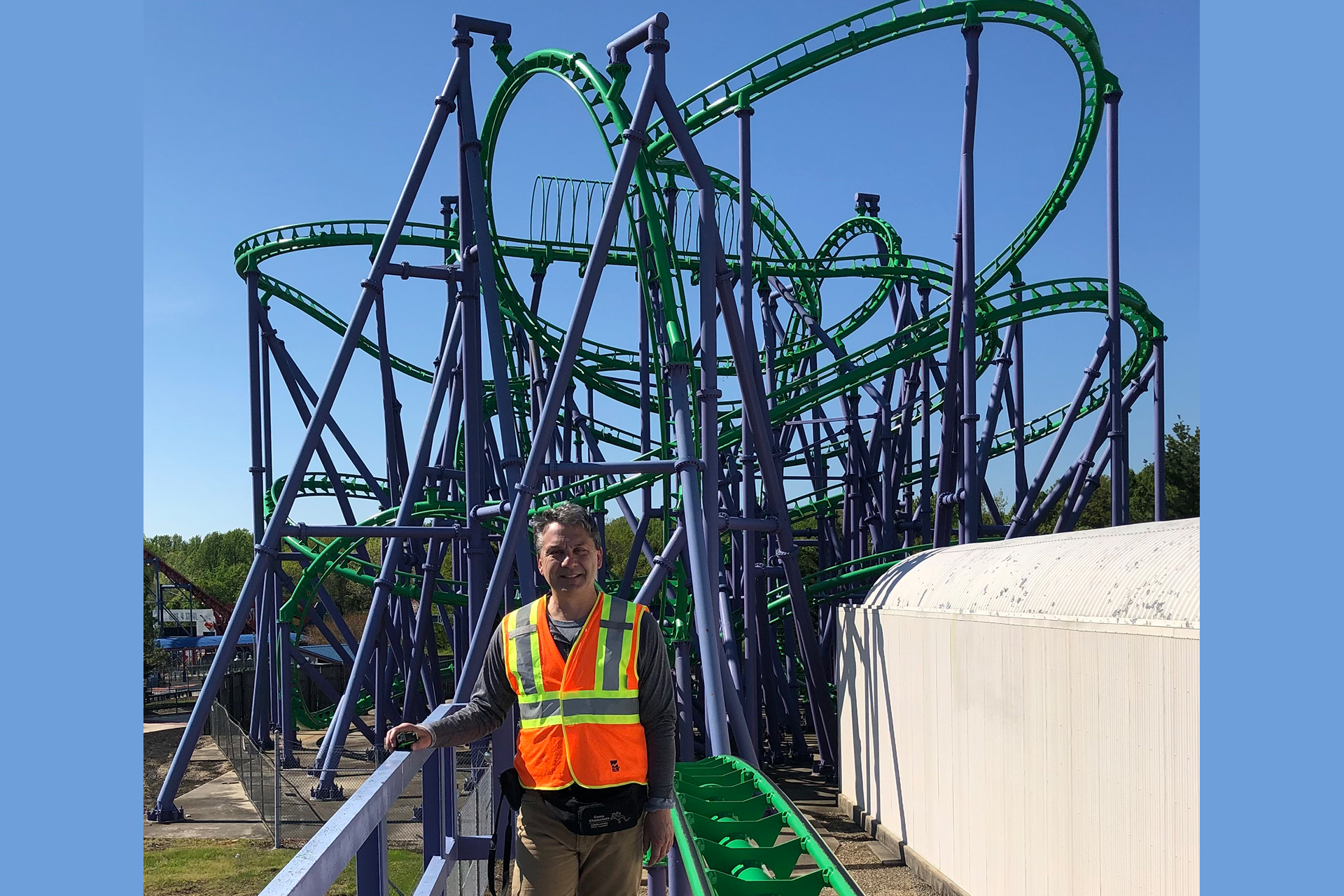
Time For Kids My Cool Job Roller Coaster Engineer
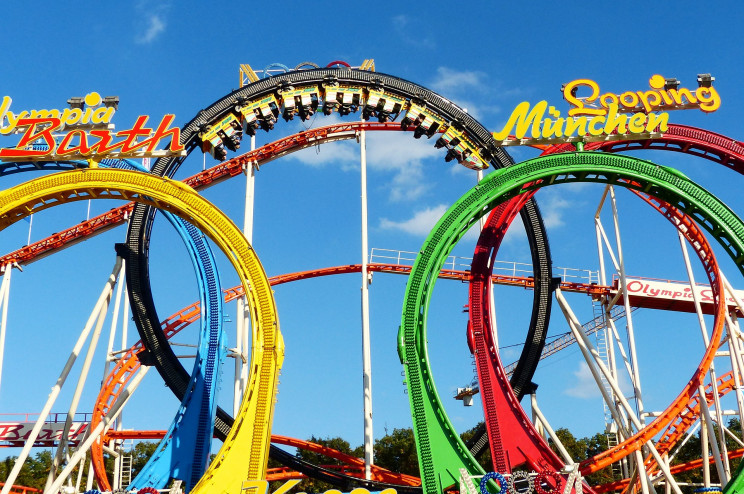
How To Become A Roller Coaster Engineer
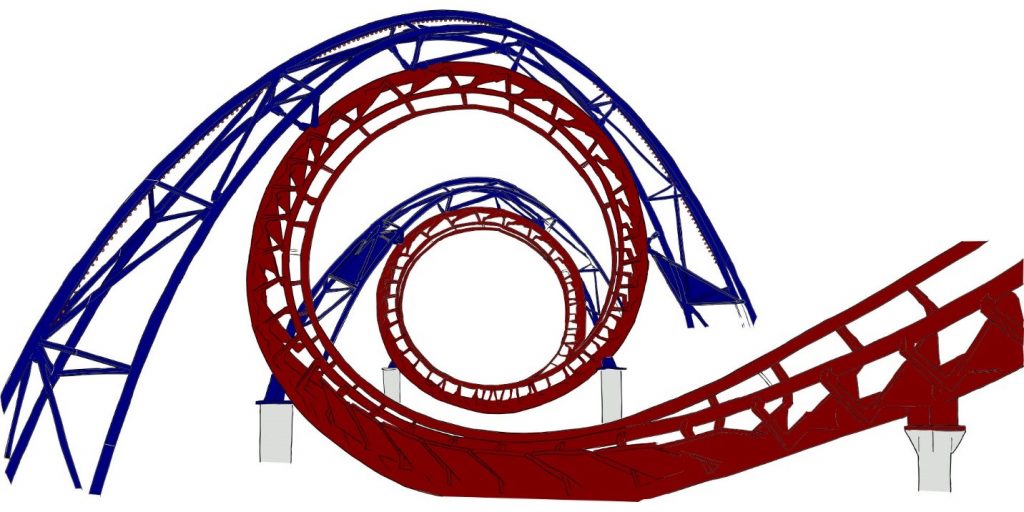
Stem On Roller Coaster Engineer Institute For Transportation

Time For Kids My Cool Job Roller Coaster Engineer
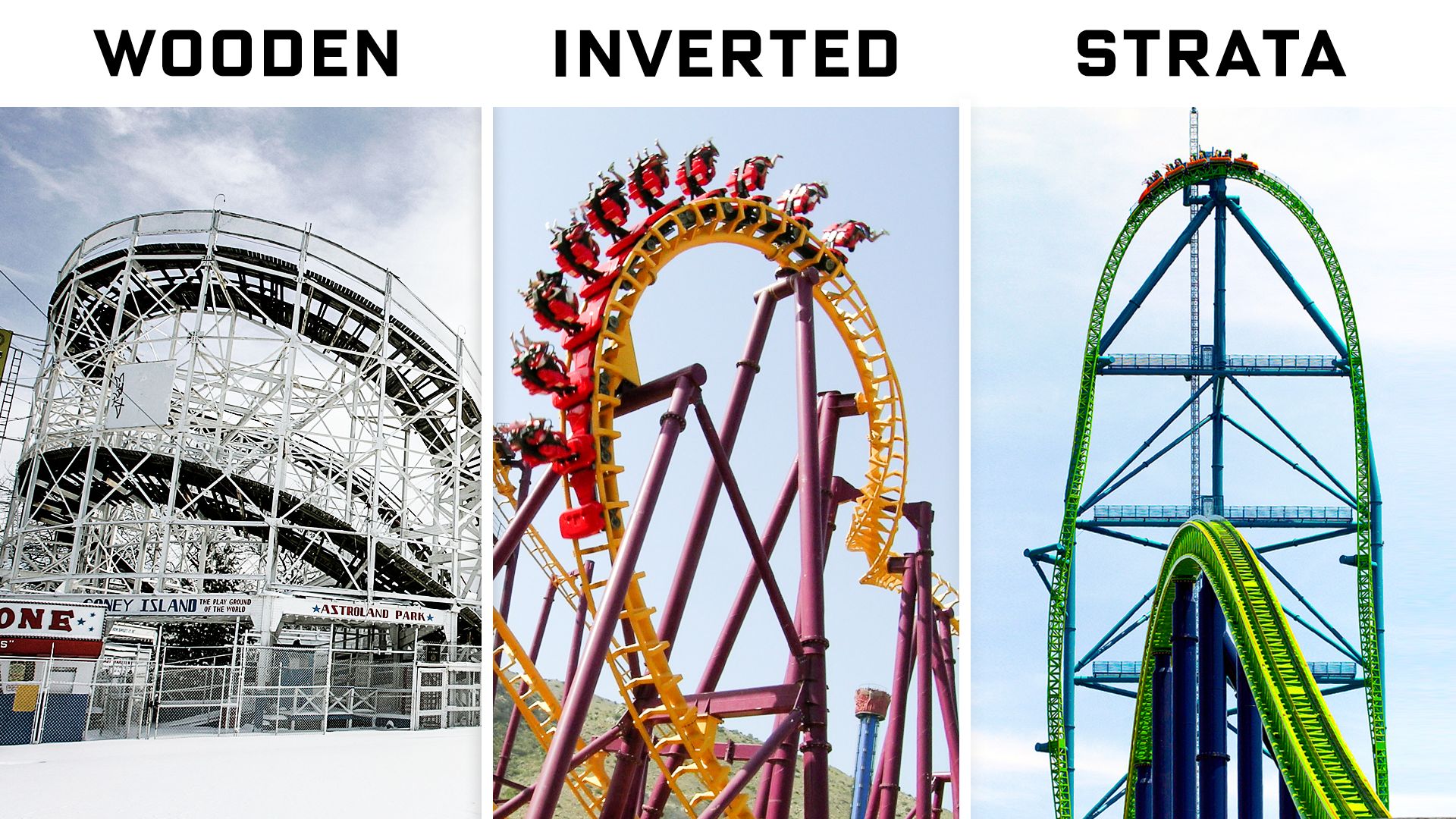
Watch Engineer Explains Every Roller Coaster For Every Thrill Wired
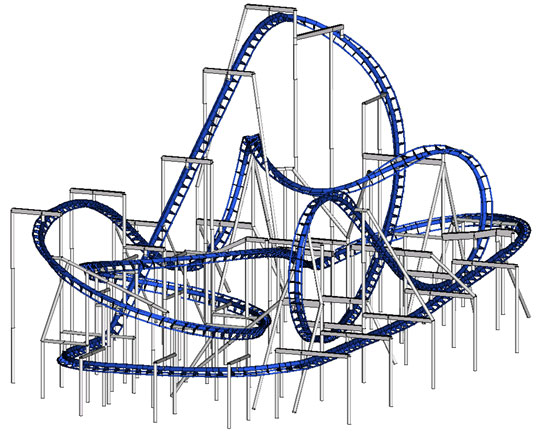
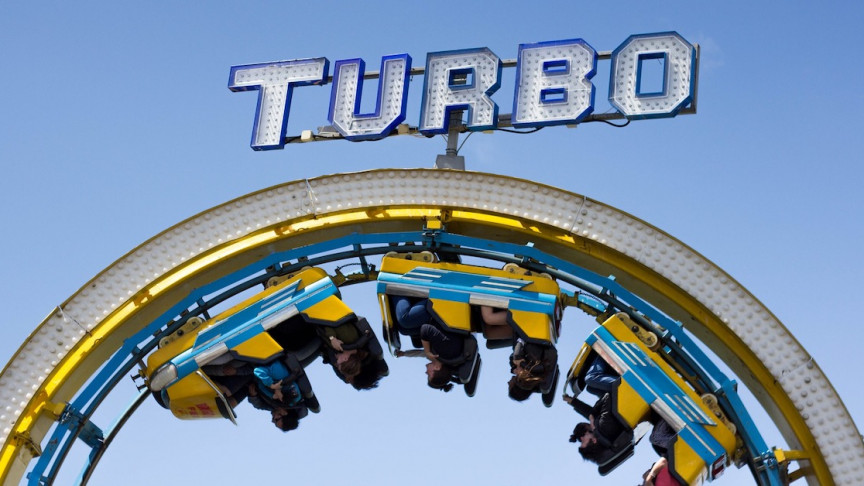
0 comments
Post a Comment